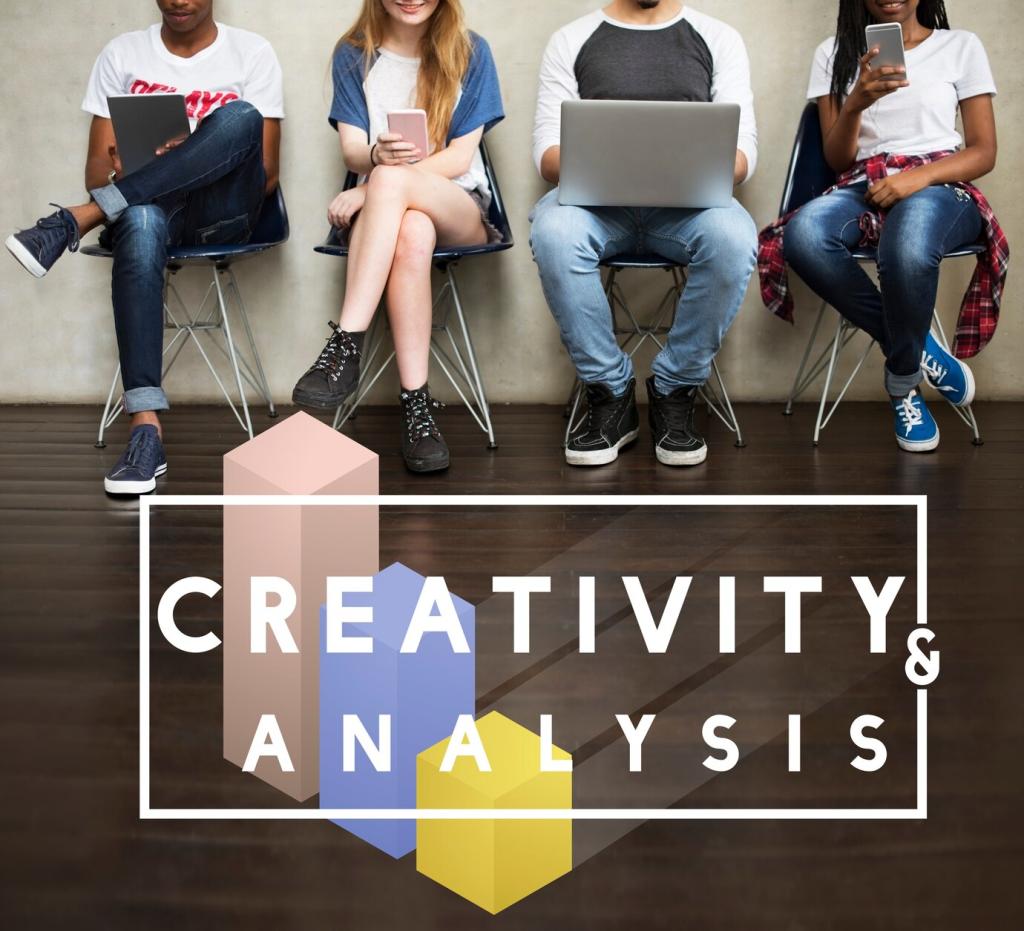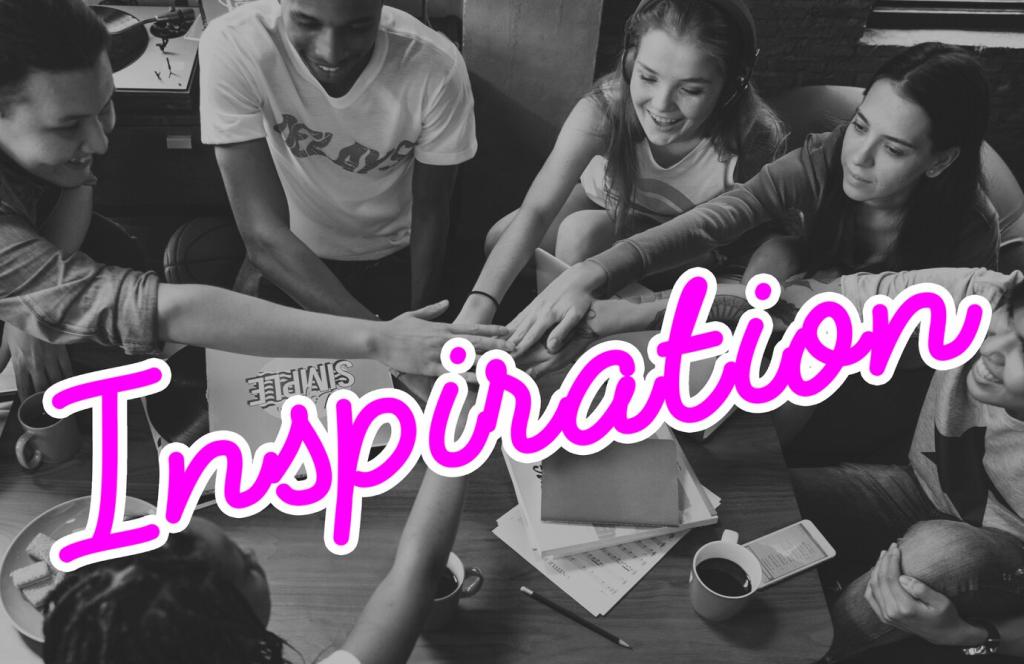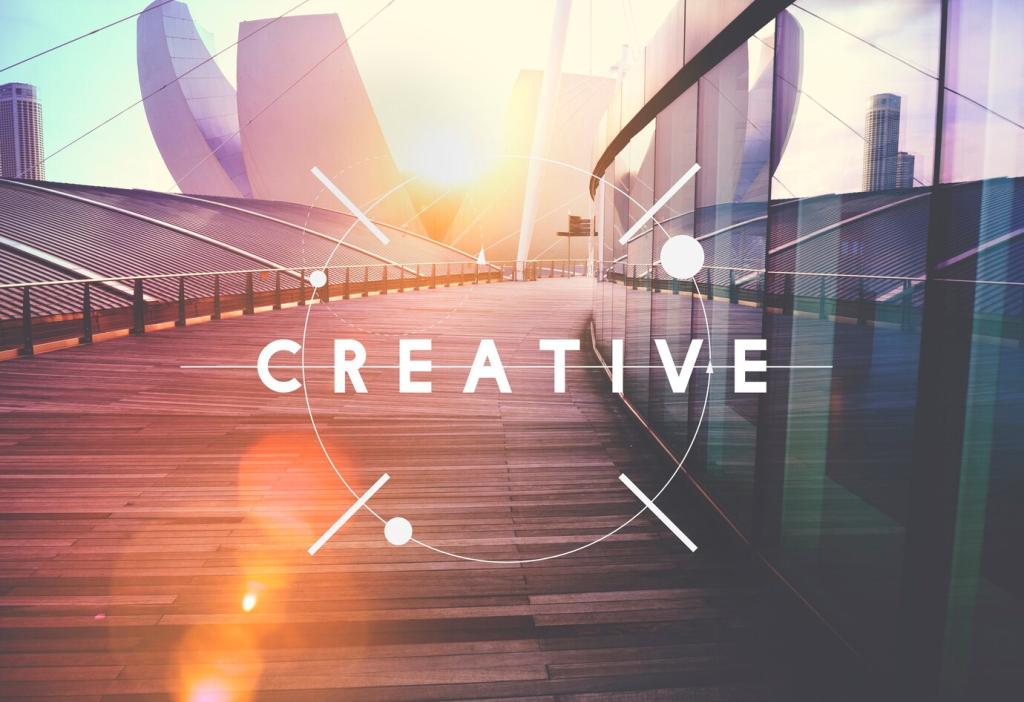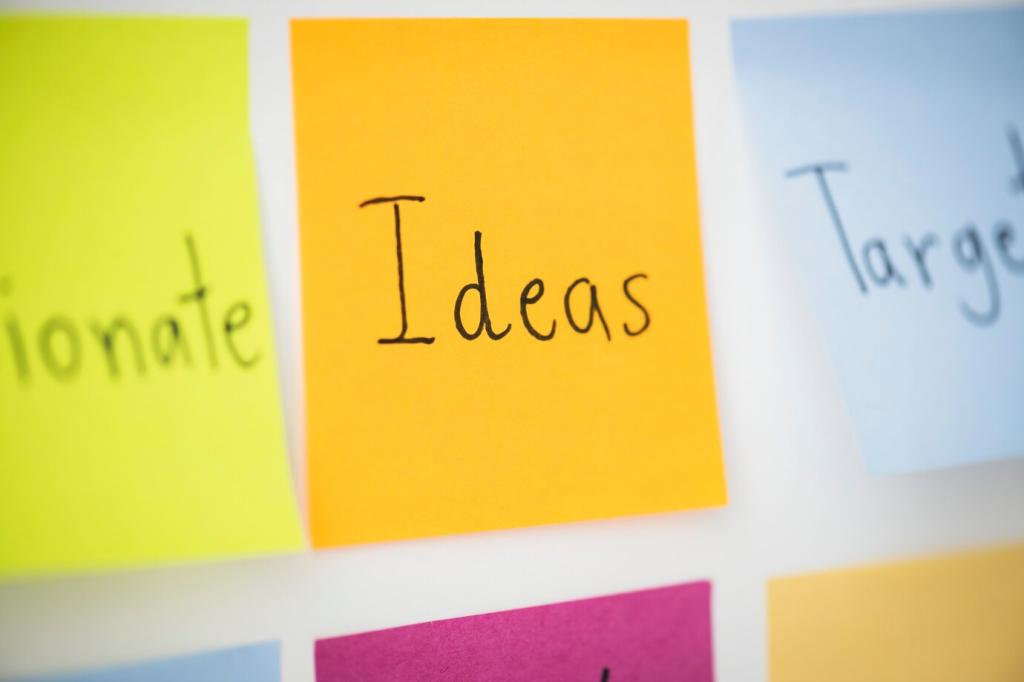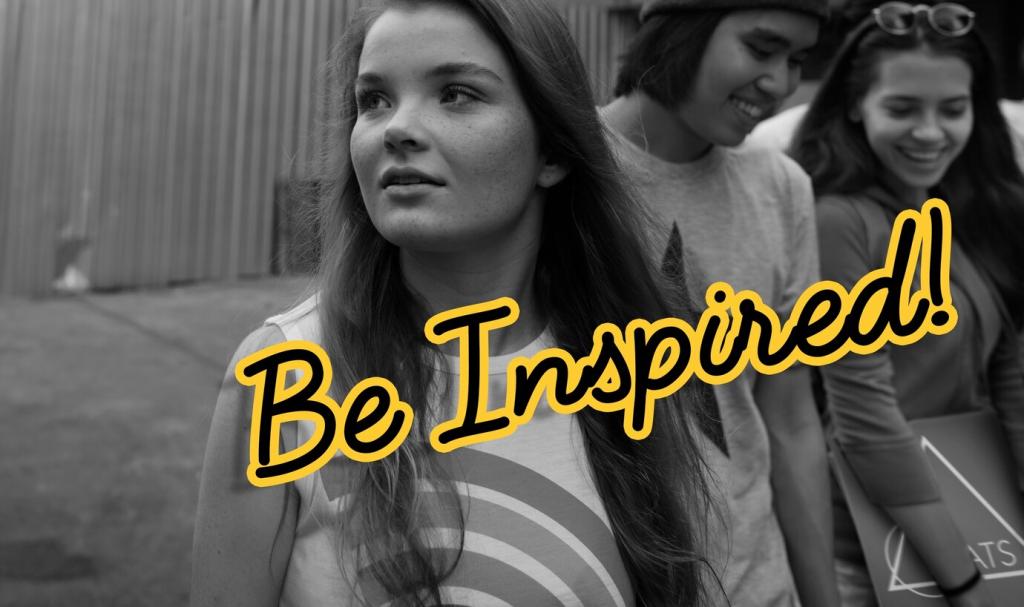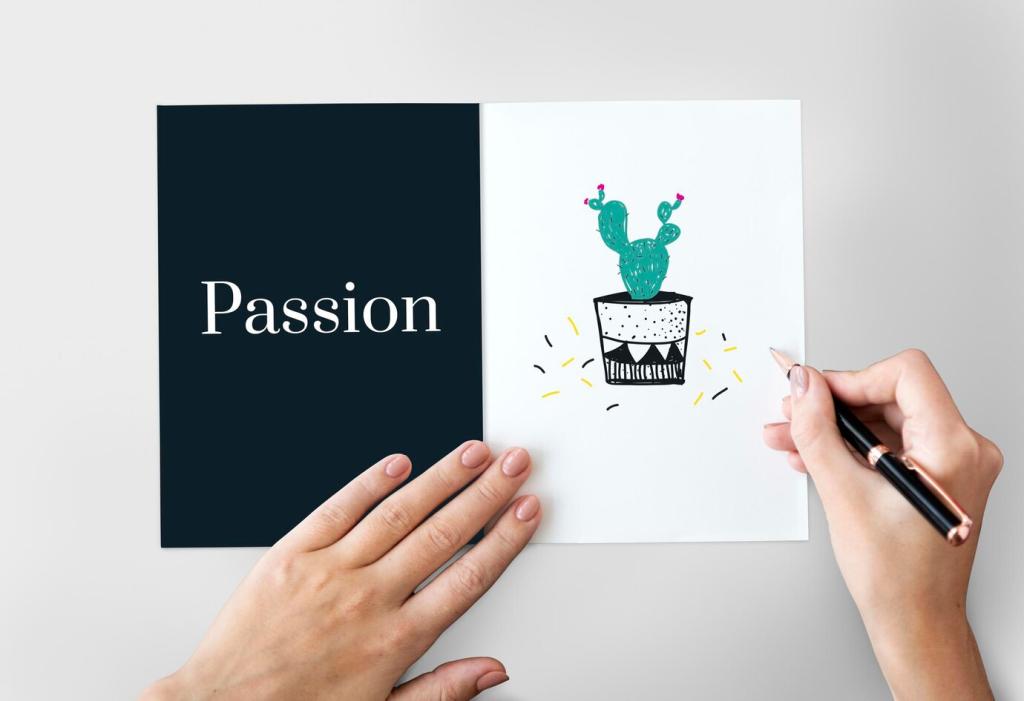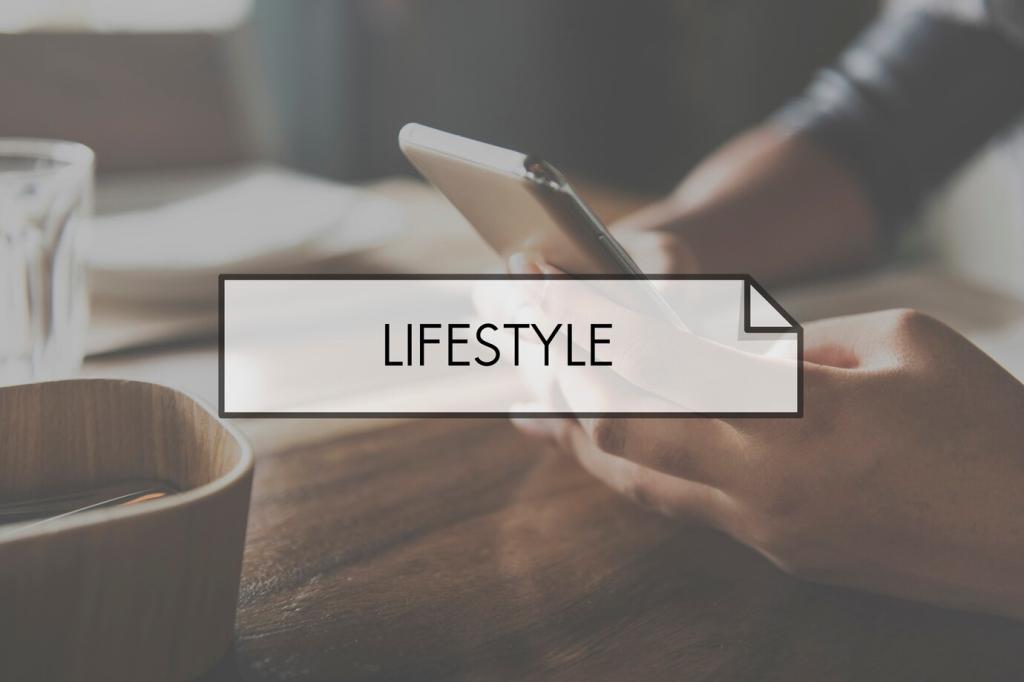The Evolving Canvas of Self
Today’s portrait is less a likeness and more a proposition: who could this person be, and what roles do they try on? Painters bend perspective, fragment bodies, and layer images to suggest multiplicity. Share in the comments how a portrait has ever shifted the way you read someone’s story.
The Evolving Canvas of Self
Rhinestones, fabric, and photographic transfers mingle with oil and acrylic, expanding what painting can say about identity. Mickalene Thomas’s glittering surfaces, for instance, push glamour into a powerful claim of self-definition. Tell us which materials feel most expressive of your identity, and why their textures speak so clearly.

